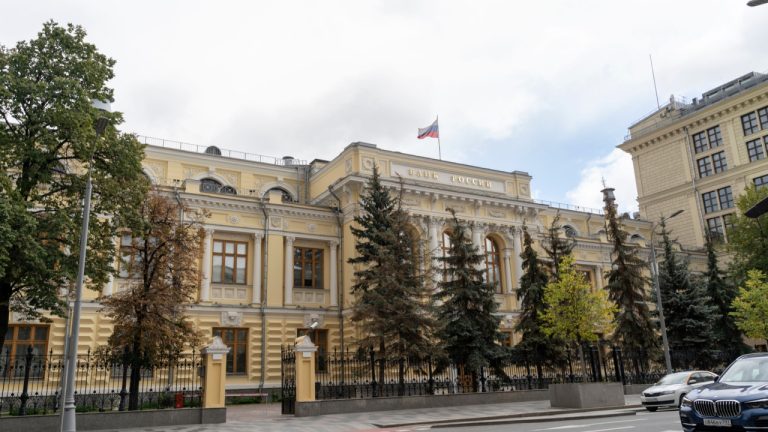
The IRCI report states that Australians still believe in Bitcoin and that the boomer demographic is growing in conviction.
Bitcoin (BTC) has topped the crypto charts in a survey from down under. According to 2,000 Australians surveyed by the Independent Reserve Cryptocurrency Index (IRCI), Bitcoin is number one for brand recognition, ownership and overall sentiment.
Bitcoin with the most brand awareness, and by a long shot. https://t.co/LqhYPXe3p8
— Stephan Livera (@stephanlivera) November 28, 2022
In the report, while 92% of Australians have heard of cryptocurrencies, Bitcoin enjoys the highest levels of brand awareness. Accordingly, 90.80% of respondents had heard about Bitcoin.
Stephan Livera, a popular Bitcoin podcaster from Australia, shed light on the figures. Livera told Cointelegraph, “Bitcoin continues to grow in brand awareness because it was first and because it was truly the zero to one moment akin to discovering fire or inventing the printing press.”
“Bitcoin also has the strongest community of builders & educators, so it sustains over market cycles.”
Bitcoin's recognition swells in Australia despite the price falling into the teens at the beginning of November. Over the long term, Australians are bullish. The report shares that Australia’s population of nearly 26 million people is “Committed to crypto in the longer term, with overall adoption and long-term confidence in the sector’s future remaining high.”
Indeed, most of those surveyed who own crypto believe that the price of Bitcoin will be above $30,000 by 2030; almost double today’s prices. Even for those surveyed who don’t own crypto and are therefore less biased that their investments will increase in value, 43% of those surveyed believe the price per BTC will be over $30,000.
Adrian Przelozny, CEO of Independent Reserve explained: “Despite this volatility, the 2022 IRCI data clearly demonstrates that Australians’ interest and investment in crypto remains high and continues to gain momentum.”
In the short-term, it’s the youngest demographic that's dropping crypto assets the fastest; falling from 33.3% to 55.7% in the 18-24 age group. Plus, overall, crypto ownership descreased marginally from 28.8% to 25.6% over the past year.
Livera explained the drop: "As for why 'crypto' and Bitcoin ownership rates are dropping off in Australia in 2022, I put this down to the usual cyclical waxing and waning of the price action."
"Ironically, it's now in the bear market that newer speculators learn more about the actual ethos of Bitcoin and become HODLers and stackers who create the base for the next cycle."
However, as Livera alludes to, it's unclear which assets the groups are no longer holding. The report bundles together Bitcoin with other cryptocurrencies, such as Solana (SOL) or Ethereum (ETH), on broader questions. For example, it asks, "Will crypto be widely accepted by people and businesses," despite the fact that Ethereum's promise was not to become a currency but a means of monetizing the platform, while Solana is intended to be a home for decentralized applications or DApps.
Related: Aussies warned to avoid crypto paper wallets they find on the street
Despite the youngest age group falling out of love with crypto, cryptocurrency awareness among Australians overall increased slightly to 92%, up from 91.2% last year. And with 90.8% of respondents familiar with Bitcoin, it continues to be the most popular crypto.
Curiously, awareness of Bitcoin among the over 65s is soaring–to 93.5% levels, which indicates that boomers are warming up to Bitcoin.

















